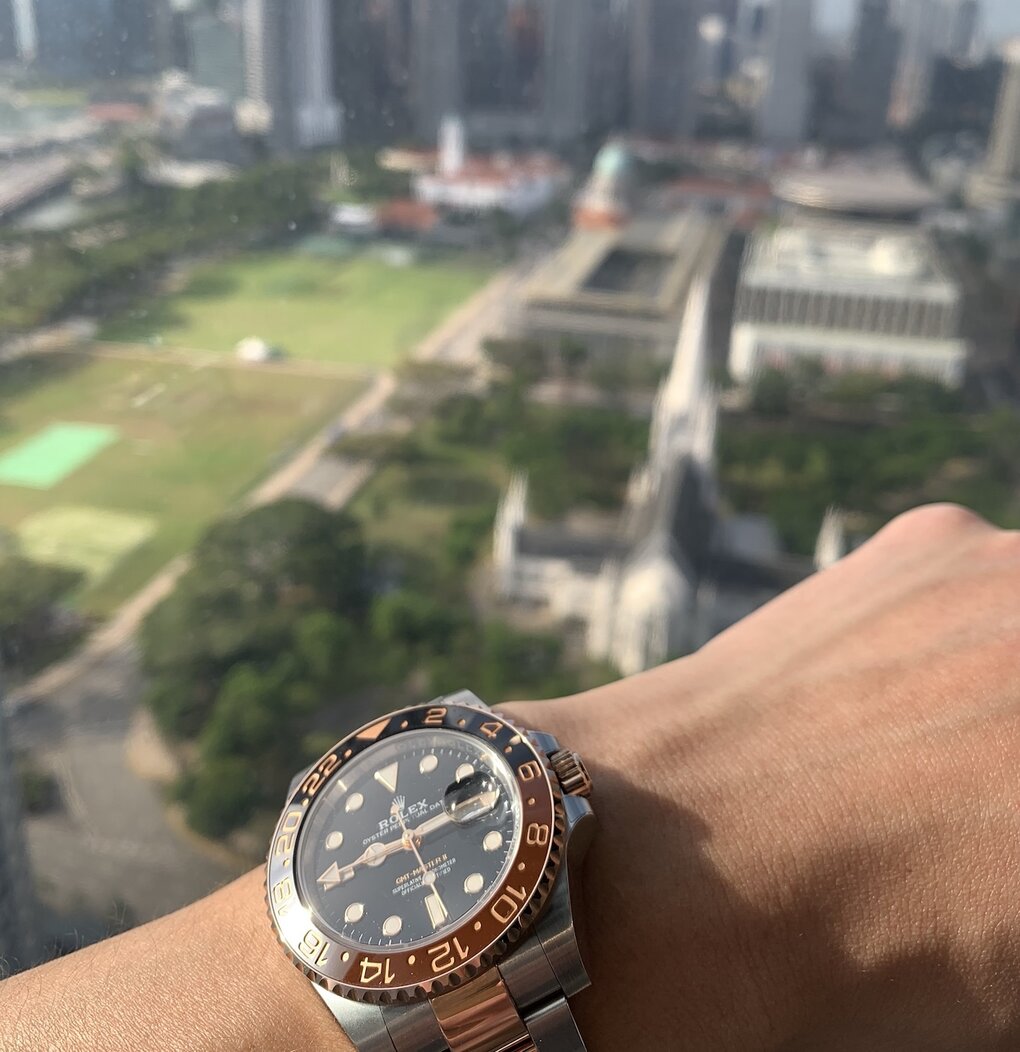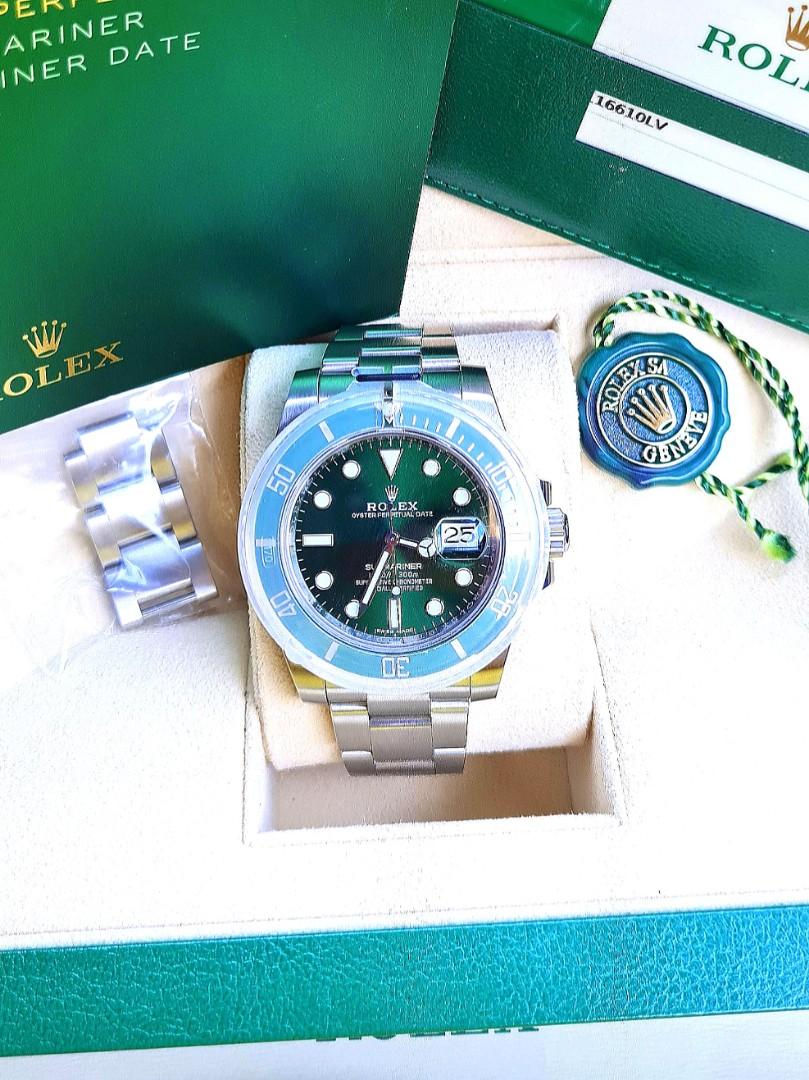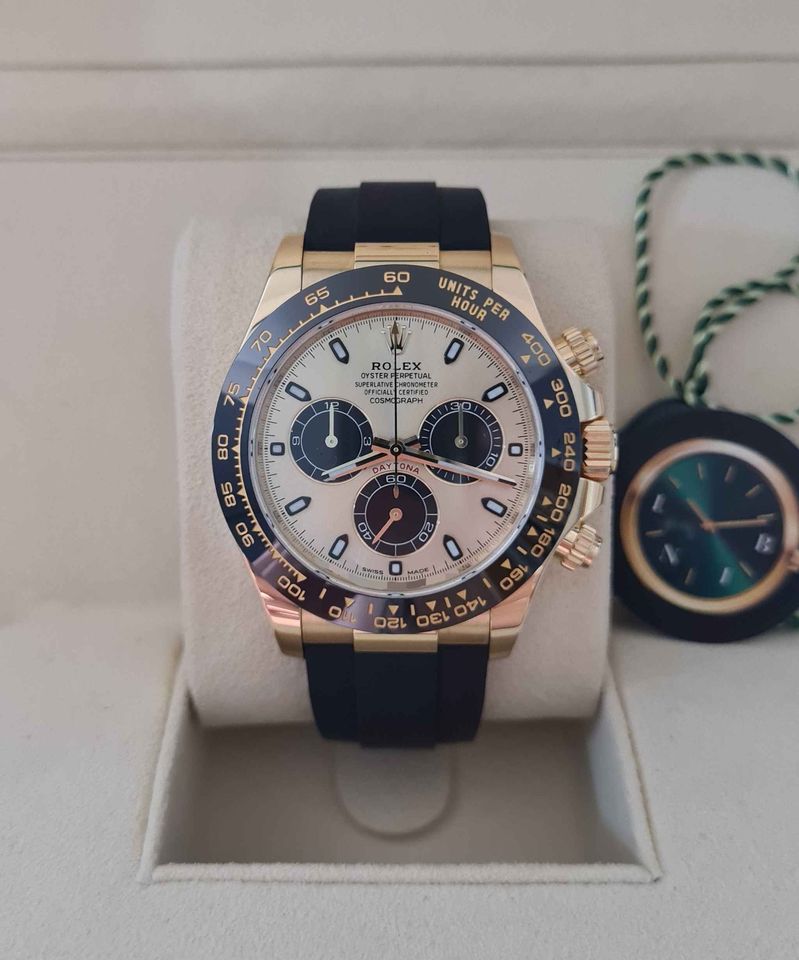Watch investment in Singapore
Why are watches a good investment for Singaporeans
by Natalie Wong December 27, 2021

For most Singaporeans, when we think of investments, there’s only one thing that comes to mind.
Property.
But with the property prices in Singaporean peaking at all-time highs, coupled with new property cooling measures introduced in December, cash-rich Singaporeans will be on the lookout for alternative forms of investment, and we’ll share with you why luxury watches make a good investment and help diversify your portfolio.
Watch investment in Singapore
A Supply Ceiling
In Economics 101, we learn that whenever demand exceeds supply, prices rise.
And translating this into the luxury watch world, the intricacies of producing a single watch are the main driving force behind the gradual increase in watch prices over the years.
You see, it takes approximately 500 hours for Rolex to produce a single watch. Patek Philippe takes up to 9 months to craft a basic component in their watches.
And this is one of the main reasons why luxury watch prices are always climbing. It’s because demand for specific watches far outpaces the supply.
By how much you say? To find out, you’ll have to check the waitlist with the Rolex store.
A couple of years back when the “waitlist” was still a thing at Rolex Authorised Dealers (today, it’s called an “interest list”), a friend of mine would walk into Rolex stores in Singapore to find out the waitlist for each respective sport model.
The typical answer for most models would be “3 to 5 years”, but for those models with an abnormally long duration, he would invest his money in those models through the secondary market (Rumour has it, he’s still sitting on his goldmine today).
Essentially, it’s the scarcity that creates the perceived value and hence the overflow of demand into the secondary watch market. And that is why prices continue to rise and rise.
Watch investment in Singapore
Capital Appreciation
Similar to gold, watches today are seen as a safe haven to hedge against inflation risks.
What’s more, there are only a very few asset classes that allow investors to get utility from the pleasures of wearing their investment while still making a profit.
You can wear your submariner on your wrist, but you can’t strap gold bullions on it.
Take for example the Rolex Submariner “Hulk”.
If you had bought it back in 2010 when it was first introduced, it would have only cost you about SGD $12,000 even if you purchased it on the secondary market. And if you continued wearing the piece, a “pre-owned” in today’s market is priced around SGD $33,000, which translates to an approximately 175% capital appreciation.

Rolex Submariner “Hulk”
And as compared to other “assets” like cars that depreciate with use, a watch can be worn every single day and still yield a decent profit.
Liquidity
Until recently, watches were never deemed a liquid asset.
Back in the day, if you had a luxury watch that you’re looking to sell, the only option available was your nearby Maxi-cash or pawn store who would take your watch in at a significant discount to what you paid for it.
But the advent of online marketplaces in Singapore such as Carousell, Time Market, and other Facebook groups have made luxury watch transactions more transparent and accessible for just about anyone with internet access.
Today, selling a watch means snapping a couple of pictures, posting them up on various platforms, and waiting for offers to flow in.
Hence the ever-growing demand for watches and the nature of secondary market platforms makes it a flexible asset that can be easily converted into cash, providing added liquidity into this new asset class.
What Are The Risks?
As with every investment, there are always risks involved. And with watches, they’re not an exception. Here’s a couple of things you have to take note of when investing in watches:
Damage Risk: Unlike other financial instruments, the value of a watch is largely dependent on its condition. Hence, every time you wear your watch out, you’re putting it at risk of scratches. So if you’re prone to bumping things around, I’d highly recommend keeping your expensive watches at home.
But even if you do, fret not because you can always reduce the damage risk by sticking on some RX-8 shields on your timepiece to prevent those nasty scratches.
Price Risk: Just like any other form of investment, watch investment is never a sure thing. The value of a watch is highly determined by fashion trends and market demands, and so it’s hard to predict if a trend is likely to continue in the future.
If you’re looking for a safe bet, I’d say you just can’t go wrong with Rolex. Compared to other brands, my personal take is that Rolex is a classic watch that’s less likely to go out of style as compared to newer brands like Richard Mille. (But of course, don’t take my word for it.)
For me, my top 3 investment pieces would be:
- Rolex Daytona
- Patek Philippe Nautilus
- Audemars Piguet Royal Oak

Rolex Daytona
Disclaimer: Not All Watches Are Considered An Investment
In a nutshell, watch investment is a different investment game. Watch prices don’t dramatically skyrocket overnight, but making a good prediction can bring a smile to your face.
Knowing your brands and the demand for their watches play a huge part in making a watch purchase a good investment, so it’s important to know what you’re buying into.
And the beauty of it? If it doesn’t turn out right, at least you’ll have a nice timepiece to enjoy on your wrist.
. . . . .